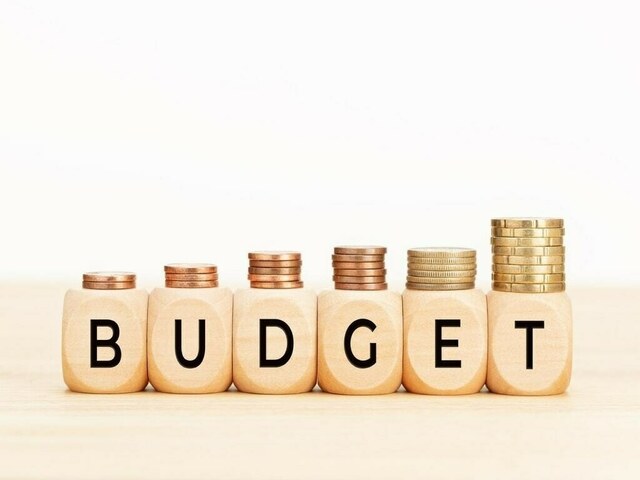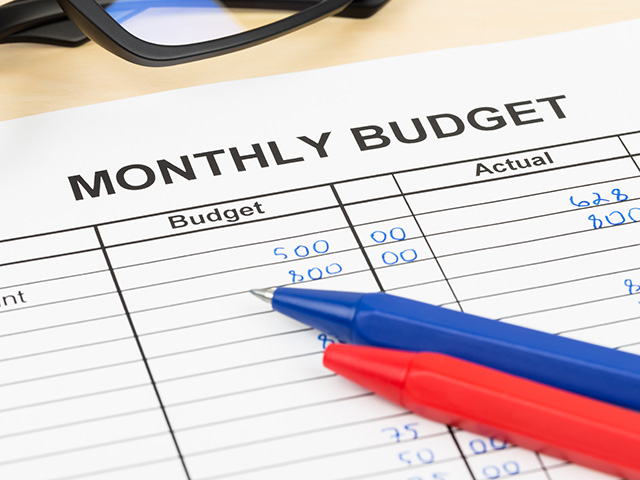Budgeting can seem like a daunting task, especially if you’re just starting out. However, it’s a crucial skill to master to achieve financial stability and reach your financial goals. In this article, we will guide you through a step-by-step approach to budgeting for beginners. Whether you’re looking to save for a vacation, pay off debt, or simply gain control over your finances, this guide will help you get started on the right foot.
Why Budgeting Matters
Before diving into the step-by-step approach, let’s understand why budgeting is essential for everyone, especially beginners.
- Financial Clarity: Budgeting provides a clear picture of your income and expenses, helping you understand where your money goes.
- Debt Management: It’s a powerful tool to manage and reduce debt, as it enables you to allocate funds for debt repayment.
- Savings and Goals: Budgets allow you to allocate a portion of your income towards savings and achieving your financial goals.
- Emergency Fund: It helps in building an emergency fund, which is crucial for unexpected expenses.
- Peace of Mind: Knowing you have a plan in place brings peace of mind and reduces financial stress.
Step 1: Calculate Your Income
The first step in budgeting is to determine your total monthly income. This includes your salary, freelance income, rental income, or any other sources of income. Be sure to consider your after-tax income.
Step 2: List Your Expenses
Next, make a list of all your monthly expenses. Categorize them into fixed and variable expenses. Fixed expenses include rent or mortgage, utilities, insurance, and loan payments. Variable expenses include groceries, entertainment, dining out, and shopping.
Step 3: Set Financial Goals
Define your financial goals. Do you want to pay off debt, save for a vacation, or build an emergency fund? Having clear goals will motivate you to stick to your budget.
Step 4: Create a Budget
Using the information gathered in steps 1 and 2, create a budget. Allocate a portion of your income to cover your fixed expenses first. Then, distribute the remaining funds among your variable expenses and financial goals.

Step 5: Track Your Spending
To ensure you stay on budget, track your spending diligently. There are various budgeting apps and tools available to make this process easier. Review your expenses regularly and make adjustments as needed.
Step 6: Build an Emergency Fund
One of your primary financial goals should be building an emergency fund. Aim to save at least three to six months’ worth of living expenses in case of unexpected events.
Step 7: Pay Off Debt
If you have outstanding debts, prioritize paying them off. Allocate extra funds from your budget towards debt repayment. Start with high-interest debts and work your way down.
Step 8: Save and Invest
Once you’ve paid off your debts and built an emergency fund, focus on saving and investing for the future. Consider opening a retirement account or investing in stocks or bonds.
Step 9: Review and Adjust
Periodically review your budget and financial goals. Life circumstances change, so your budget may need adjustments. Stay flexible and adapt your budget as needed.
Step 10: Seek Professional Help
If you find budgeting overwhelming or have complex financial situations, consider seeking help from a financial advisor. They can provide expert guidance tailored to your specific needs. Feel free to visit http://www.cashinsure.com/ to find additional tips and information about budgeting.
In conclusion, budgeting is a crucial skill that can benefit everyone, especially beginners. By following this step-by-step approach, you can gain control over your finances, reduce debt, and work towards achieving your financial goals. Remember, the key to successful budgeting is consistency and discipline.

